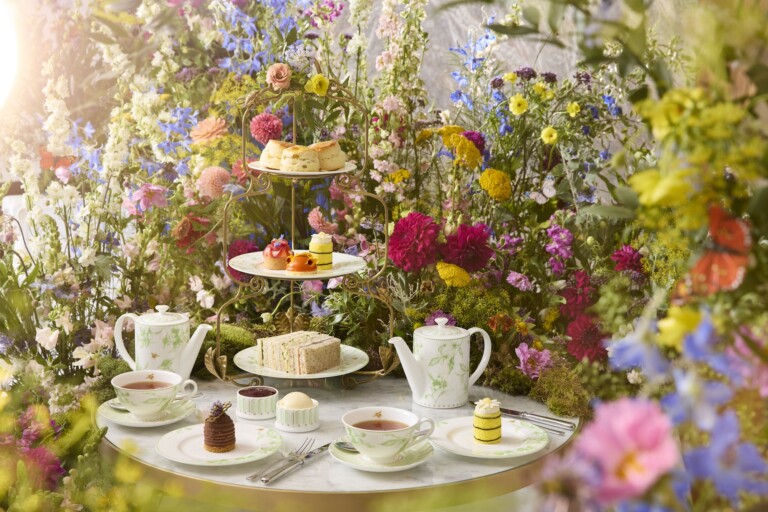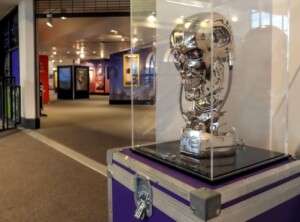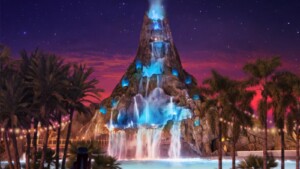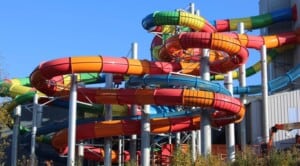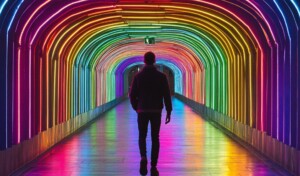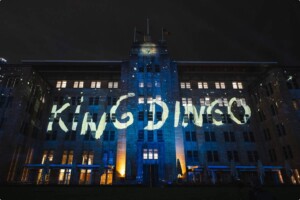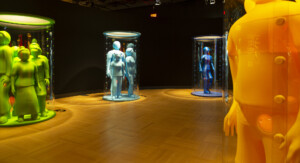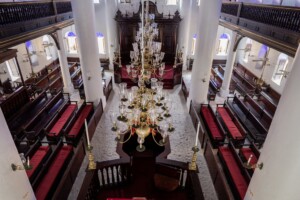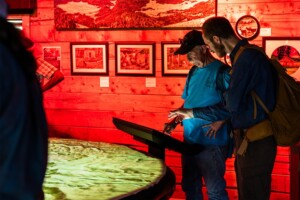The Natural History Museum has partnered with London’s Royal Lancaster hotel on a new “pollinator-inspired” afternoon tea.
Launching on 12 September, the F&B experience is inspired by the Natural History Museum’s work to protect the natural world.
The Royal Lancaster’s team of chefs have created sweet and savoury dishes influenced by British flowers and pollinators for the ‘Blooming British Afternoon Tea’.
Guests will travel from the museum through Hyde Park following a special map. When they arrive at the Royal Lancaster, they will be welcomed and seated in the Hyde Café for tea, sandwiches, scones and bee-themed sweet treats.
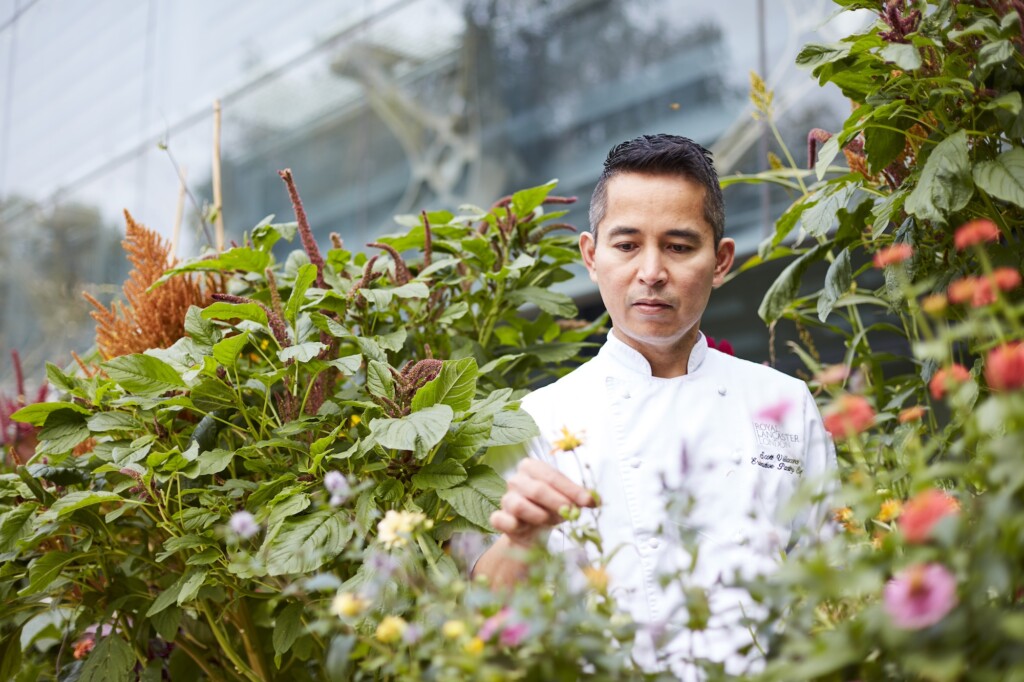
Sally Beck, general manager at Royal Lancaster London, said: “Inspired by our shared passion for pollinators, we are excited to be able to offer guests a wonderfully unique and quintessentially British experience through the art of afternoon tea, whilst also highlighting the importance of pollinators.”
Maxine Lister, head of licensing at the Natural History Museum, added: “Celebrating the natural world as part of the collaboration with Royal Lancaster London is a fantastic way to inspire people to become wildlife advocates.
“Pollinators like bees, wasps, butterflies and moths provide essential ecosystem services pollinating the plants and flowers around us and ensuring we have rich biodiversity across the UK, and across the world.
Afternoon tea at the Royal Lancaster
“Here at the Natural History Museum, we are working to research pollinators, learn more about their essential services to our natural world and how we can better protect them.
“Not only is this incredible (and delicious) afternoon tea perfect for wildlife enthusiasts, but by supporting our new collaboration, you’re helping continue our work creating a world where both people and planet thrive.”
Immersive F&B experiences are a big trend in the attractions industry. Electric Playhouse, Las Vegas’ new attraction for experiential entertainment, is opening a dining experience inspired by Alice’s Adventures in Wonderland this month.
Images courtesy of Natural History Museum
